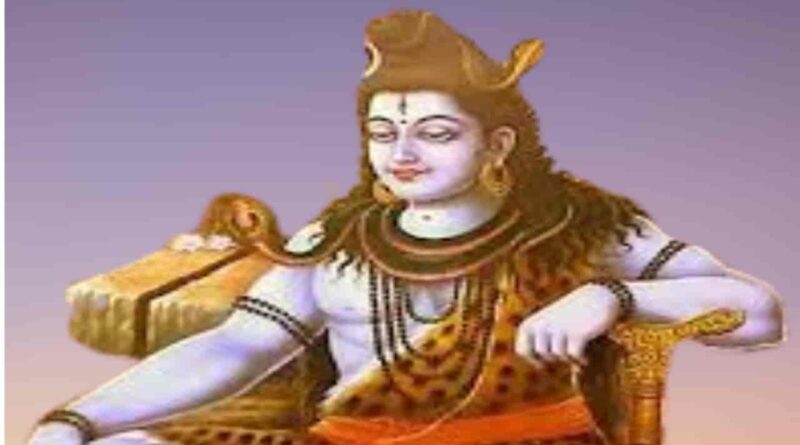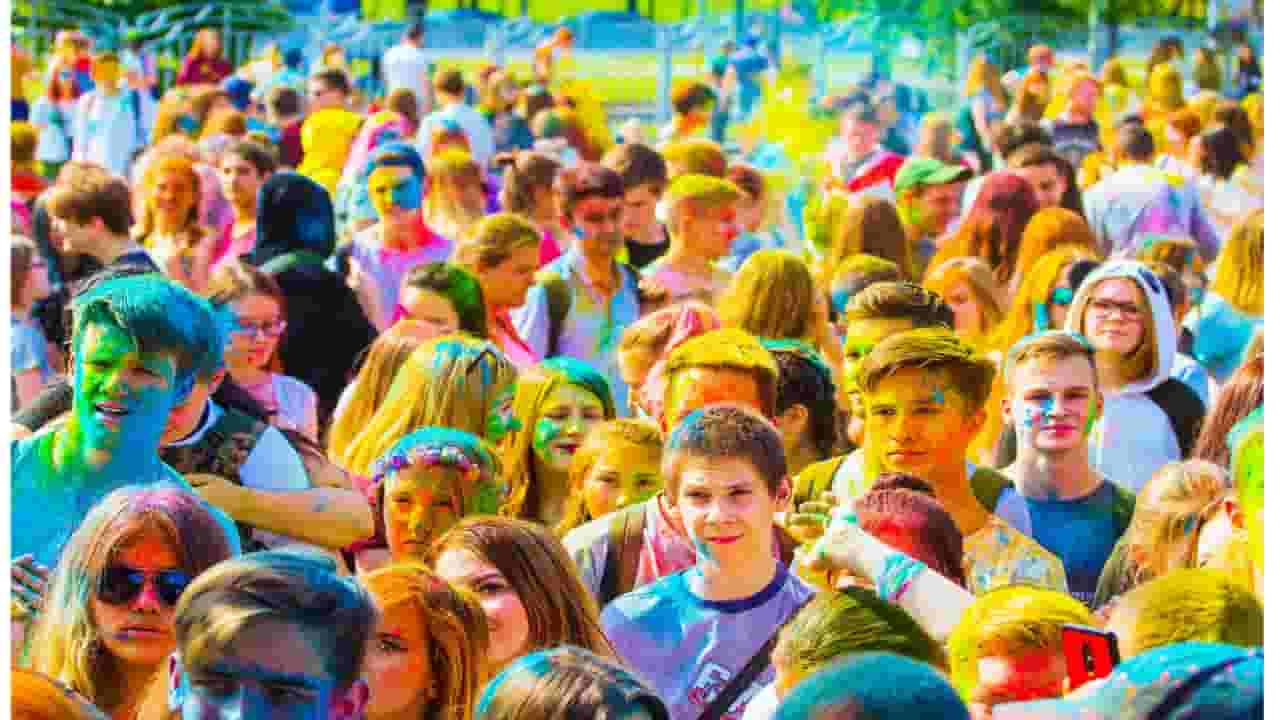Mahashivratri: A special celebration of Lord Shiva and Hinduism 2023
Mahashivratri: A special celebration of Lord Shiva and Hinduism
Mahashivratri Festival Celebrations.
Mahashivratri
Mahashivratri: A Celebration of Lord Shiva and Hinduism
Mahashivratri Festival Celebrations.
Mahashivratri, also known as the Great Night of Shiva, is a significant Hindu festival that is celebrated annually in honor of Lord Shiva, one of the principal deities of Hinduism. This festival falls on the 14th day of the Hindu lunar month of Phalguna, which usually falls between late February and early March in the Gregorian calendar. Mahashivratri is observed by millions of devotees of Lord Shiva all over the world and is marked by various religious rituals, fasting, and prayers.
The Significance of Mahashivratri
Mahashivratri holds great significance in Hindu mythology and is celebrated to mark various events associated with Lord Shiva. According to Hindu beliefs, Lord Shiva is the destroyer of evil and the transformer of the universe. Mahashivratri is celebrated to commemorate the day when Lord Shiva performed the divine dance of creation, preservation, and destruction. It is believed that on this day, Lord Shiva got married to Goddess Parvati, and devotees seek his blessings to overcome their fears and obstacles.
Rituals and Celebrations
Mahashivratri is celebrated with great fervor and enthusiasm by devotees of Lord Shiva. The festival is marked by various rituals, including fasting, visiting Shiva temples, and offering prayers to Lord Shiva. Devotees often observe a day-long fast on this day and break it the next morning after offering prayers to Lord Shiva.
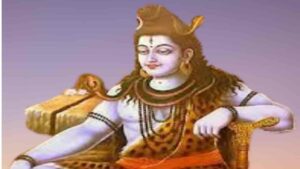
The festival is also marked by grand celebrations at various Shiva temples across India. The most famous of these celebrations takes place at the Kashi Vishwanath Temple in Varanasi, where devotees offer milk, flowers, and other offerings to the lingam, a representation of Lord Shiva.
Another popular ritual associated with Mahashivratri is the practice of staying awake all night, known as the “Shivaratri Jagaran.” Devotees often spend the night singing bhajans, chanting mantras, and listening to stories about Lord Shiva’s life and teachings.
The festival is also celebrated with great pomp and show in Nepal, where it is known as “Shivaratri.” Nepalese devotees celebrate this festival by visiting Pashupatinath Temple, one of the most significant Shiva temples in the world, located in the capital city of Kathmandu.
The Legend of Mahashivratri
There are several legends associated with the celebration of Mahashivratri. One of the most popular legends is that Lord Shiva had saved the world from the pot of poison, known as ‘Halahala,’ which emerged from the churning of the ocean by the gods and demons. Lord Shiva drank the poison to protect the world from its harmful effects, and his throat turned blue, giving him the name “Neelkanth.”
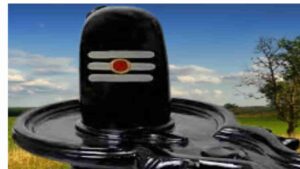
Another legend is that Lord Shiva had performed the “Tandav,” the divine dance of creation and destruction, on the night of Mahashivratri. The dance is believed to represent the five aspects of Shiva – Srishti (creation), Sthiti (preservation), Samhara (destruction), Tirobhava (illusion), and Anugraha (blessing).
The Significance of Fasting on Mahashivratri
Fasting is an essential aspect of Mahashivratri and is believed to have several spiritual and health benefits. It is said that fasting on this day helps in purifying the mind and body, and helps devotees to focus on their spiritual goals. Fasting is also believed to help in detoxifying the body, improving digestion, and boosting the immune system.
Devotees often observe a strict fast on this day, consuming only water, fruits, and milk. Some devotees also observe a “Nirjala” fast, where they abstain from consuming any food or water for the entire day.
Mahashivratri Celebrations Around the World
Mahashivratri is celebrated with great enthusiasm not only in India but also in other parts of the world. In Nepal, devotees visit Pashupatinath Temple to offer prayers to Lord Shiva. In Mauritius, devotees perform a pilgrimage to the sacred lake of Grand Bassin, known as Ganga Talao, to seek blessings from Lord Shiva.
Mahashivratri is also celebrated in other countries, including Trinidad and Tobago, where it is a public holiday, and Bali, Indonesia, where it is known as “Hari Raya Galungan.” The festival is also celebrated in countries with significant Hindu populations, such as Malaysia, Singapore, and Sri Lanka.
Mahashivratri and Yoga
Mahashivratri is also an auspicious day to practice yoga and meditation. Lord Shiva is considered the Lord of Yoga, and practicing yoga on this day is believed to enhance the spiritual energy of the practitioner.
Yoga and meditation are effective ways to connect with the divine and achieve inner peace and tranquility. Practicing yoga and meditation on Mahashivratri can help in deepening one’s spiritual practice and fostering a deeper connection with Lord Shiva.
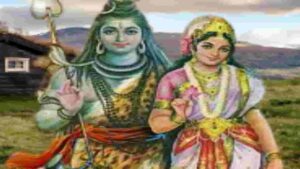
The Benefits of Chanting Mantras
Chanting mantras is an essential part of Mahashivratri celebrations. It is believed that chanting mantras can help in purifying the mind and body, and help in achieving a deeper connection with the divine. The most popular mantra chanted on Mahashivratri is “Om Namah Shivaya,” which means “I bow to Lord Shiva.”
Chanting mantras can also have several health benefits, including reducing stress, improving concentration, and promoting overall well-being. The vibrations produced by chanting mantras can help in calming the mind and promoting a sense of inner peace and tranquility.
Mahashivratri and Social Significance
Mahashivratri is not only a religious festival but also has social significance. It is a time for families and friends to come together and celebrate the festival with great enthusiasm. The festival also promotes social harmony and unity, as people from all walks of life come together to offer prayers to Lord Shiva.
Mahashivratri is also an occasion to promote the traditional arts and crafts of India. The festival is marked by grand processions, where artists perform various traditional art forms, such as dance, music, and theater.
Mahashiv-ratri and Environmental Significance
Mahashivratri has environmental significance as well. Lord Shiva is associated with the natural elements, and the festival celebrates the importance of preserving the environment. It is a time to reflect on our responsibility towards the environment and to take measures to protect it.
Several environmental activities are carried out during Mahashivratri, such as planting trees, cleaning rivers, and reducing the use of plastic. The festival promotes eco-friendly practices and encourages people to live in harmony with nature.
The Economic Significance of Mahashiv-ratri
Maha-shivratri also has economic significance, particularly for the tourism industry. Several tourist destinations in India, such as Varanasi, Haridwar, and Rishikesh, witness a massive influx of tourists during the festival. The festival also provides employment opportunities for artisans, musicians, and other traditional artists who perform during the celebrations.
Mahashiv-ratri is also a time for businesses to promote their products, particularly those associated with the festival. Sweet shops, clothing stores, and puja item vendors witness increased sales during this period.
Mahashivratri and its Significance in Different Regions
Maha-shivratri is celebrated with great enthusiasm throughout India, but the traditions and rituals may vary from region to region. In the state of Maharashtra, the festival is known as “Shivaji Jayanti” and is celebrated as the birth anniversary of the great Maratha warrior, Shivaji.
In the state of West Bengal, the festival is known as “Shivaratri” and is celebrated as a day of fasting and prayer. Devotees offer flowers, fruits, and sweets to Lord Shiva and perform special puja at the temples.
In the southern state of Karnataka, Mahashiv-ratri is celebrated with great fervor in the city of Gokarna, which is home to the famous Mahabaleshwara Temple. The temple attracts a large number of devotees during the festival, and various cultural programs and music concerts are organized.
In the northern state of Uttar Pradesh, Mahashiv-ratri is celebrated with great pomp and show in the city of Varanasi, which is considered the spiritual capital of India. Devotees take a dip in the holy river Ganges and offer prayers to Lord Shiva at the Kashi Vishwanath Temple.
In the state of Gujarat, the festival is celebrated as a public holiday, and the devotees fast and offer prayers to Lord Shiva. Special events are organized at the famous Somnath Temple, which is dedicated to Lord Shiva.
Mahashivratri and the Mythology of Lord Shiva
Maha-shivratri is based on the mythology of Lord Shiva, who is one of the most revered gods in the Hindu pantheon. According to Hindu mythology, Lord Shiva is the destroyer of evil and the harbinger of peace, prosperity, and happiness.
There are several myths associated with Lord Shiva, and Maha-shivratri is celebrated to commemorate these legends. One of the most popular myths is that of the Samudra Manthan or the churning of the ocean. According to this myth, the gods and the demons joined forces to churn the ocean to obtain the nectar of immortality. During the process, various divine objects emerged from the ocean, including Lord Shiva, who drank the poison that emerged from the ocean to save the universe.
Another popular myth is that of the marriage of Lord Shiva and Parvati. According to this myth, Parvati, the daughter of the mountain king, performed severe penance to win the love of Lord Shiva. Impressed by her devotion, Lord Shiva agreed to marry her, and the union of Lord Shiva and Parvati symbolizes the perfect balance between male and female energies.
Mahashivratri and its Celebrations
Mahashiv-ratri is celebrated with great pomp and show across India, and the celebrations vary from region to region. However, the festival is generally observed by fasting, performing special pujas, and visiting Lord Shiva temples.
They visit Lord Shiva temples, offer prayers, and perform special pujas, which include bathing the Shiva Linga with milk, honey, and water. Devotees also offer flowers, fruits, and sweets to Lord Shiva.
Some devotees observe a fast on Mahashivr-atri, which is believed to bring good luck and prosperity. The fast is broken on the next day after offering prayers to Lord Shiva. Fasting is seen as a way to purify the body and mind and to connect with the divine.
Mahashiv-ratri is also a time for cultural events and music concerts. Many cities in India organize cultural programs, where artists perform traditional music, dance, and drama to entertain the devotees.

